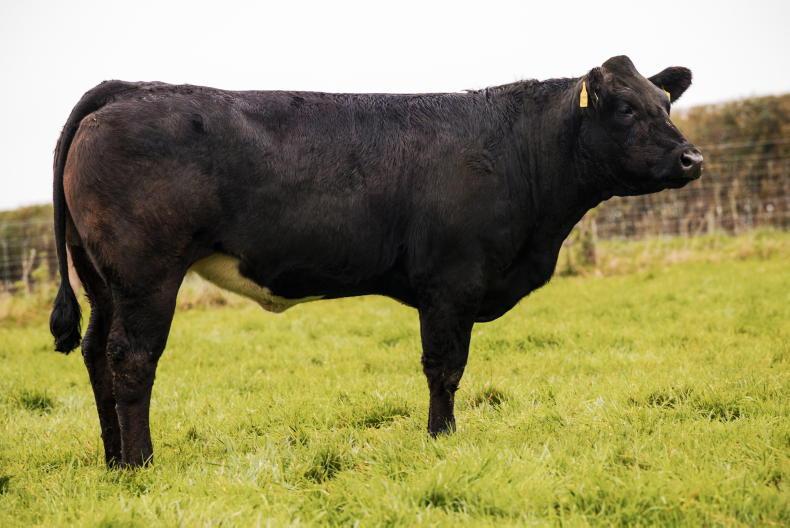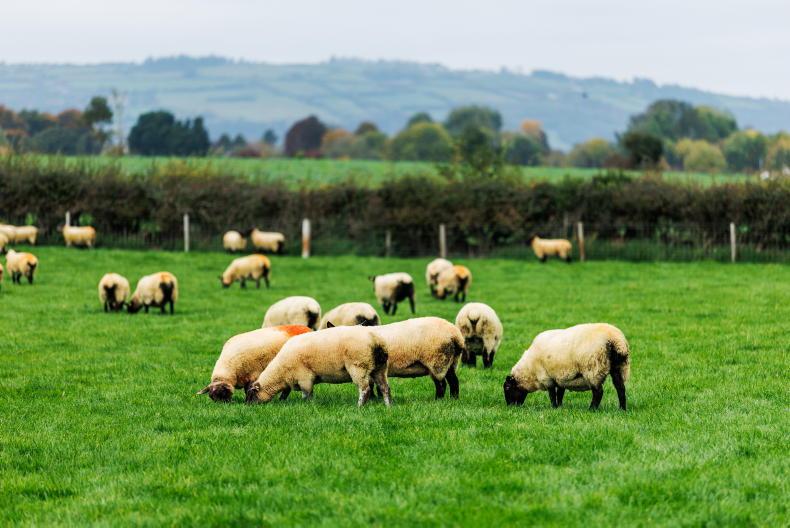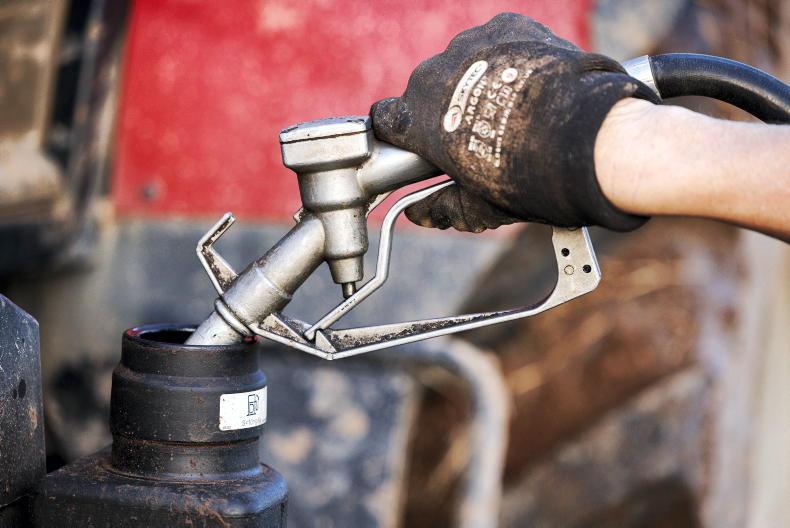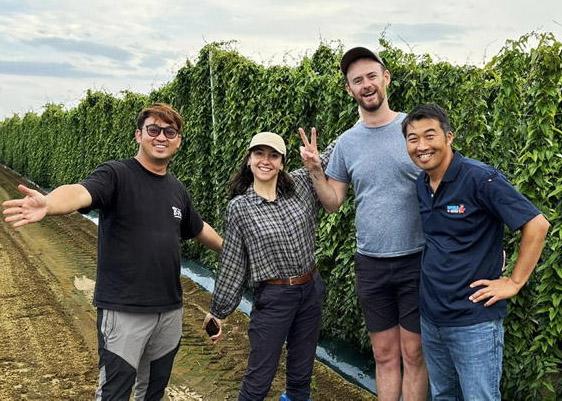Grass
It’s generally accepted that grass growth rates are excellent for the time of year. Looking at PastureBase data however, average farm cover remains lower than I would have expected.
On average, dairy farms have a cover of 858kg/ha or 279kg/cow. Even at a stocking rate of 2.5 cows/ha this is at the lower end of where you would like it to be.
High grass growth rates in August and September present an opportunity to build up good grass covers at low cost.
Even exceeding the targets is not a bad thing on most farms, because all of that grass will be eaten – if not now then later.
The opposite of building covers is to continue to farm like it’s mid-summer, by taking out surplus paddocks for silage and reseeding.
This will prove to be very expensive silage and very expensive reseeding, because if autumn grass targets are missed, all this silage and extra meal will be needed to keep cows at grass into October and November and to have enough grass on the farm next spring.
Because milk price was so high last year and the year before, farmers weren’t really punished for making bad farming decisions.
However, margins are much lower now and will continue to be, heading into 2024. Good grass growth now is a great opportunity to ensure plenty of low cost feed on the farm this autumn and next spring. See more here.
Culling cows
From speaking to farmers and scanners, scanning results appear to be mixed, with higher than normal empty rates on many farms. Key areas for disappointment are with heifers (up to 10% empty now common) and conception rate to sexed semen on dairy cows.
Sexed semen is a wonderful product, but it will severely punish anyone that doesn’t follow the correct protocol or gets a bit lax about selecting suitable cows. After scanning, the question is always what cows to sell and what cows to keep.
Empty cows have selected themselves for culling, but where scanning results are good at less than 10% empty, there is another 8% to 10% of the herd to be culled in order to give an ideal replacement rate of 18%.
It’s a good opportunity to weed out persistently high SCC cows, or cows very prone to lameness or slow milking. After that, the Cows Own Worth (COW) index on ICBF Herdplus is a good tool to highlight the most and least valuable cows in a herd.
This compares all cows to each other in terms of their current and future likely profitability based on age and calving date among other things. The lowest ranking cows should be considered for culling.
If there are surplus in-calf heifers for sale, select the ones for sale based on EBI values and calving date. On EBI, it’s not just the overall EBI to be looked at, but drill down into the PTAs for fat, protein and survival.
Forecast
There is some rain forecast for the weekend but the outlook for next week is for another relatively dry week. Use this opportunity to get lime spread on fields that are low for pH.
It is also the last week for spreading nitrogen and phosphorus fertiliser. The closed period for spreading slurry is brought forward this year to 1 October.










SHARING OPTIONS